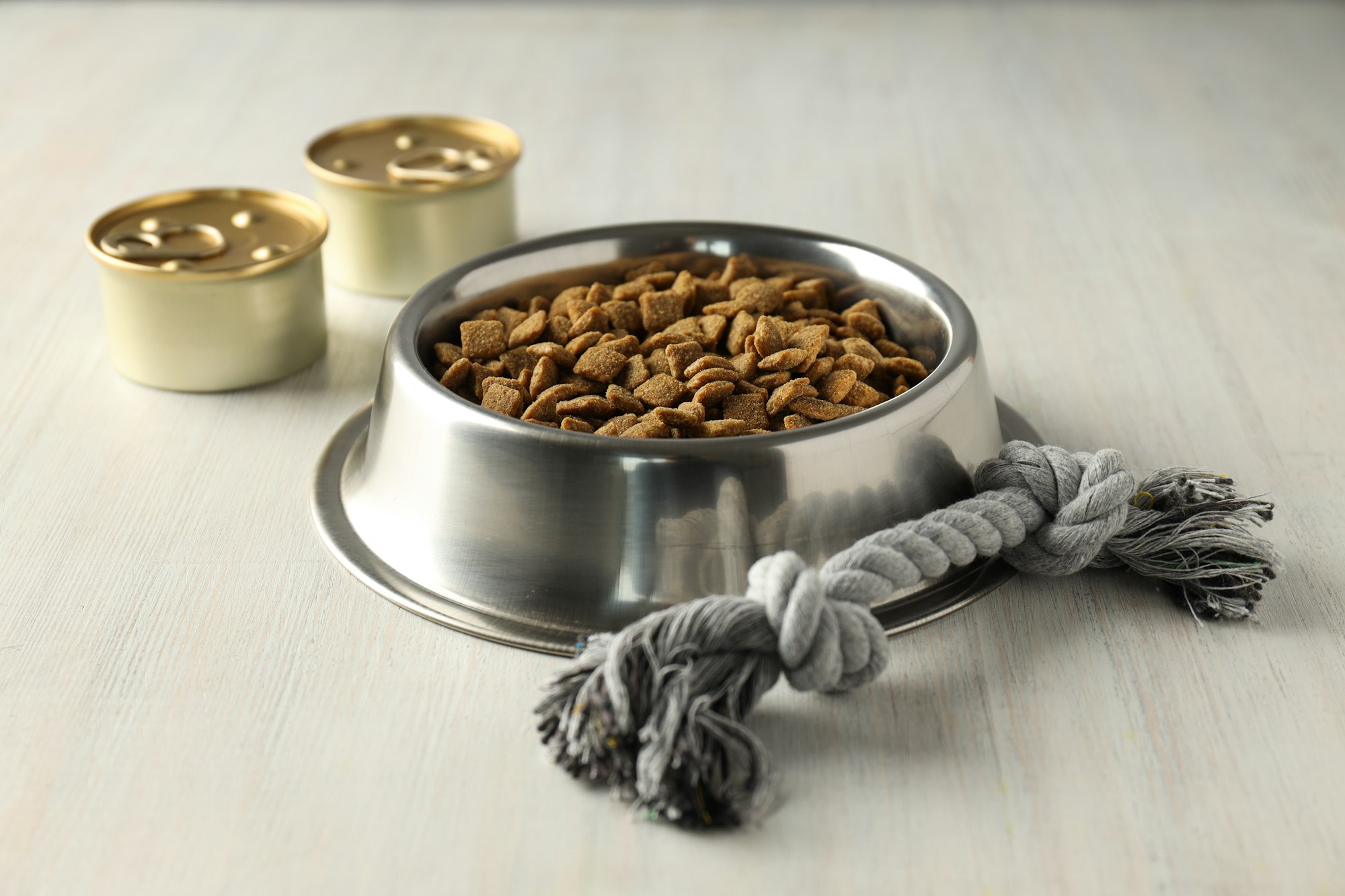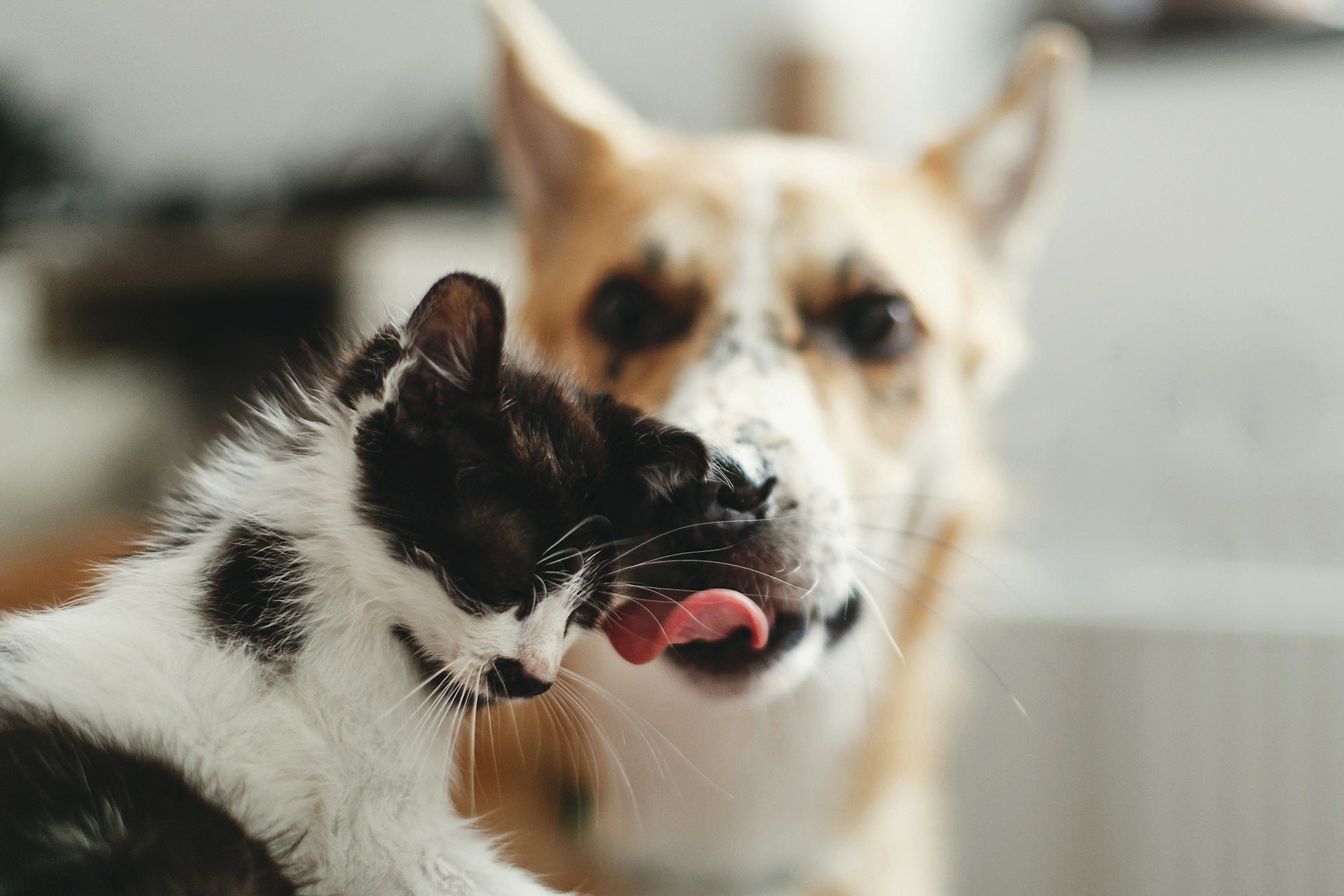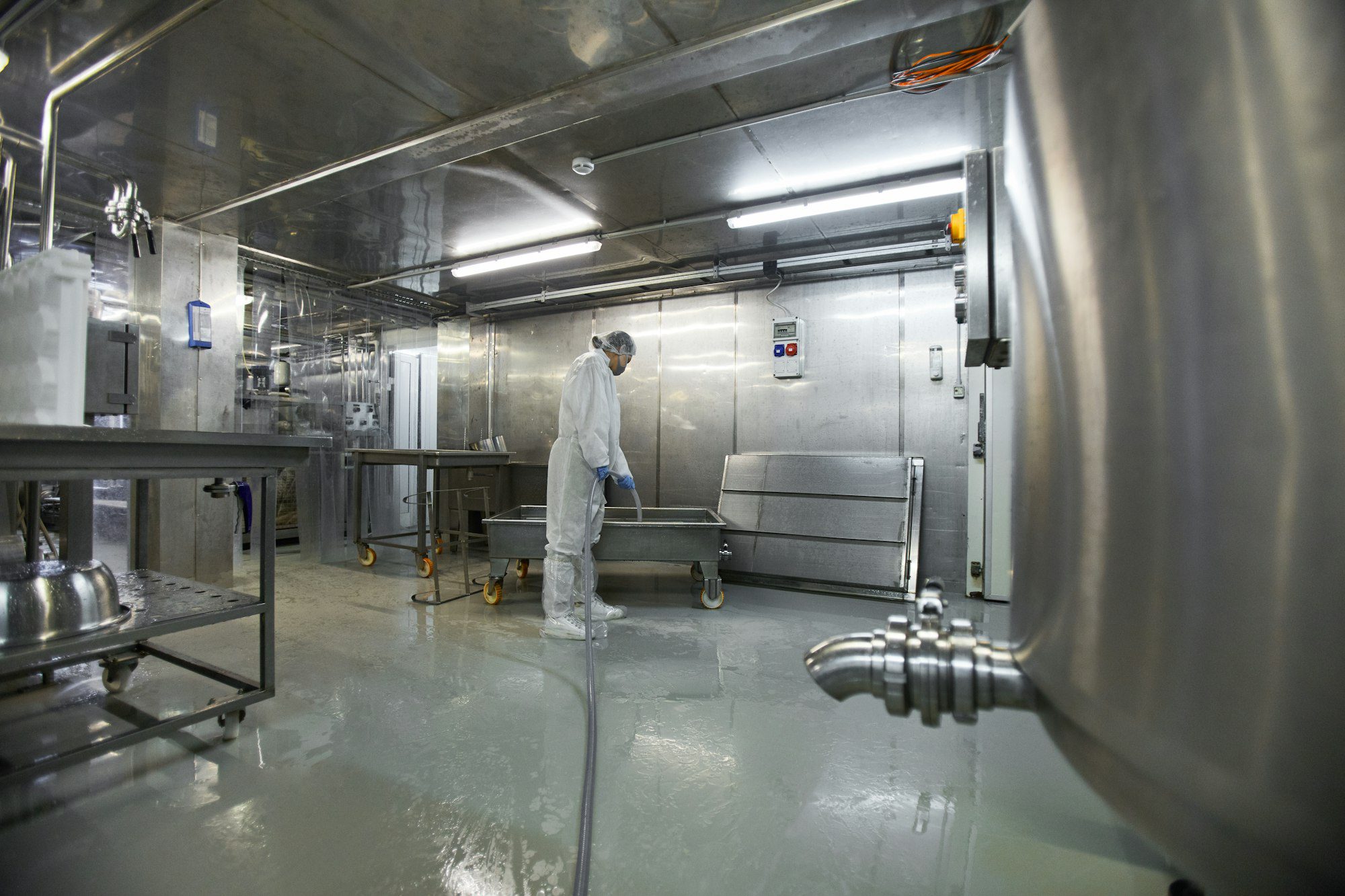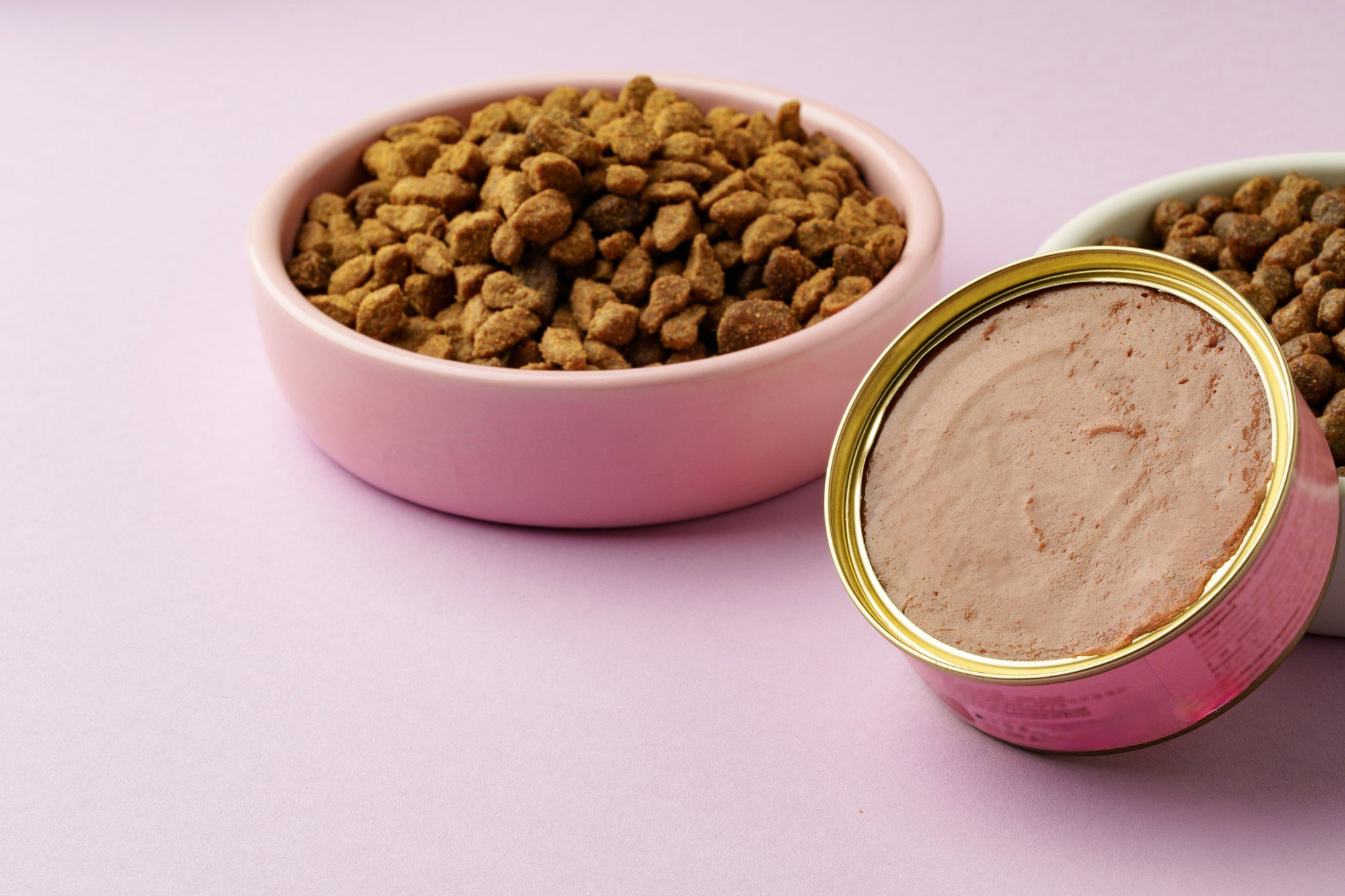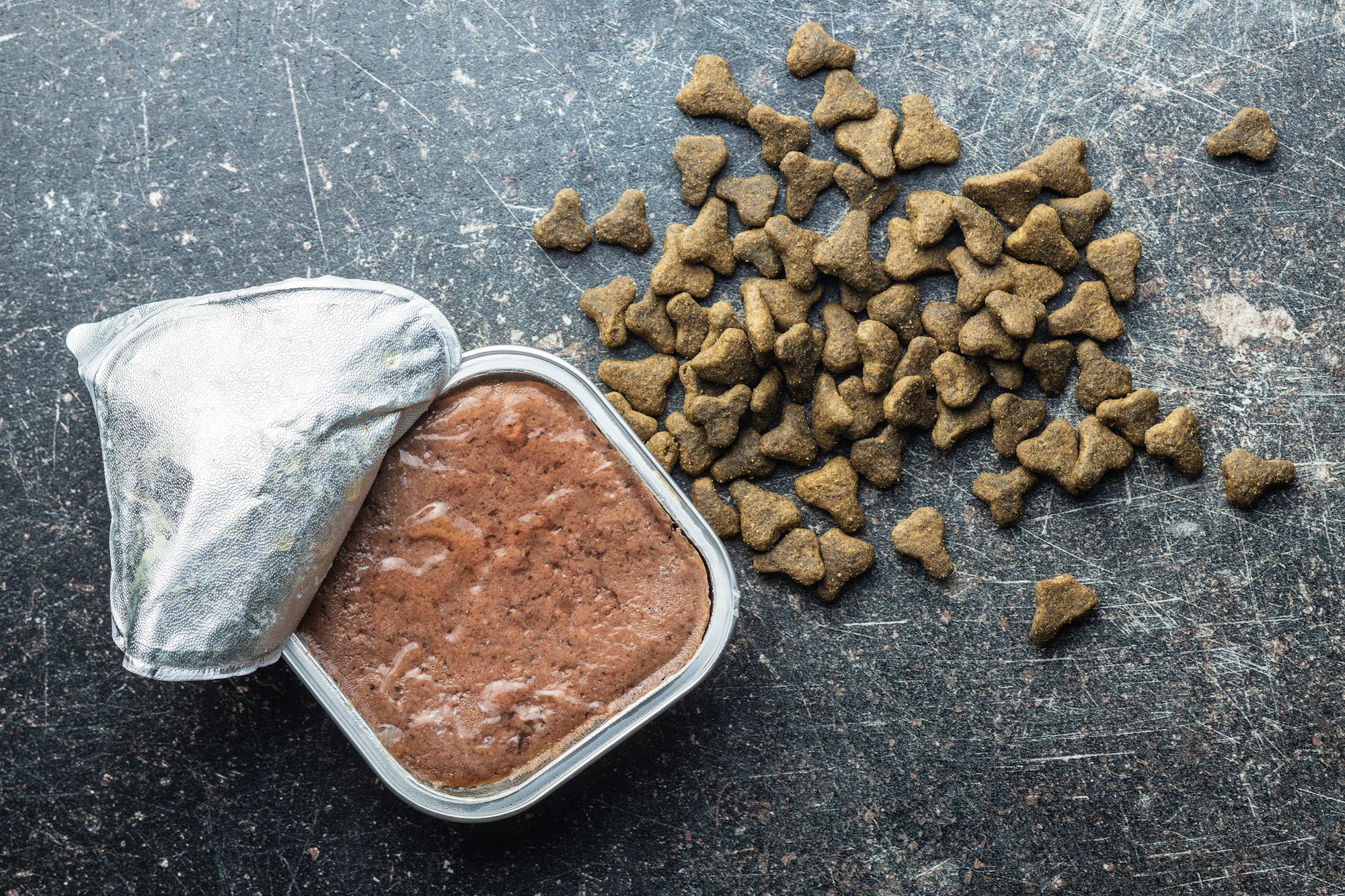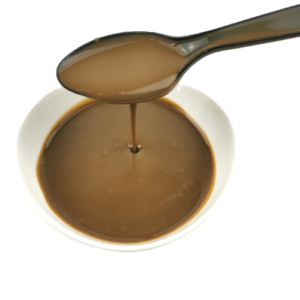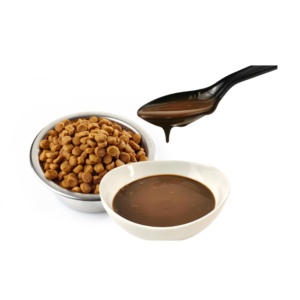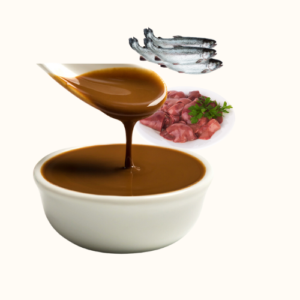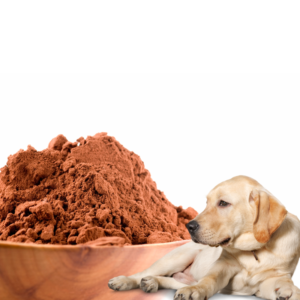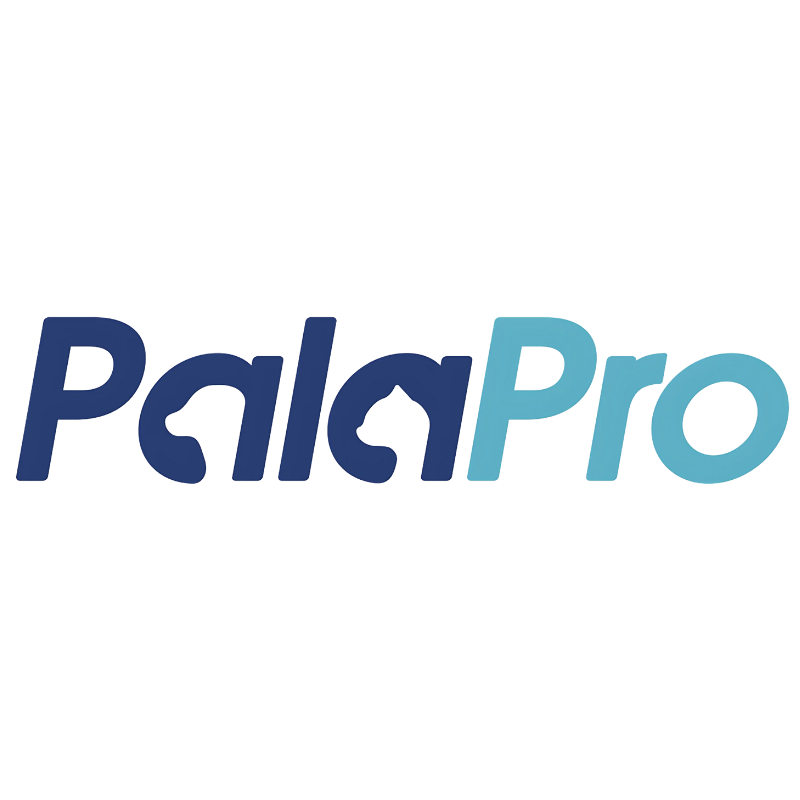Introduction: The Changing Landscape of Pet Food Manufacturing
As pet food manufacturers strive to meet increasing demand, innovation in processing equipment is a vital piece of the puzzle. Pet owners are becoming more discerning about the quality, nutrition, and safety of the food they feed their animals. As a result, the pet food industry has experienced a significant shift, with manufacturers looking for advanced pet food processing machines to meet these expectations.
In this guide, we’ll explore how pet food processing machines are transforming production. We’ll discuss different types of machines, the role they play in manufacturing, and how these innovations can improve both efficiency and quality.

If you’re a pet food manufacturer, wholesaler, or looking to expand your business into the thriving pet food market, understanding the latest technology in pet food processing is essential.
Let’s dive into the world of pet food processing machines, their benefits, and how they can give you a competitive edge.
1. Why Pet Food Processing Machines Are Essential
In today’s competitive market, efficiency and product quality are the cornerstones of success in pet food manufacturing. The complexity of pet food ingredients, along with stringent quality control measures, demands high-performance processing machines that ensure consistency and safety.
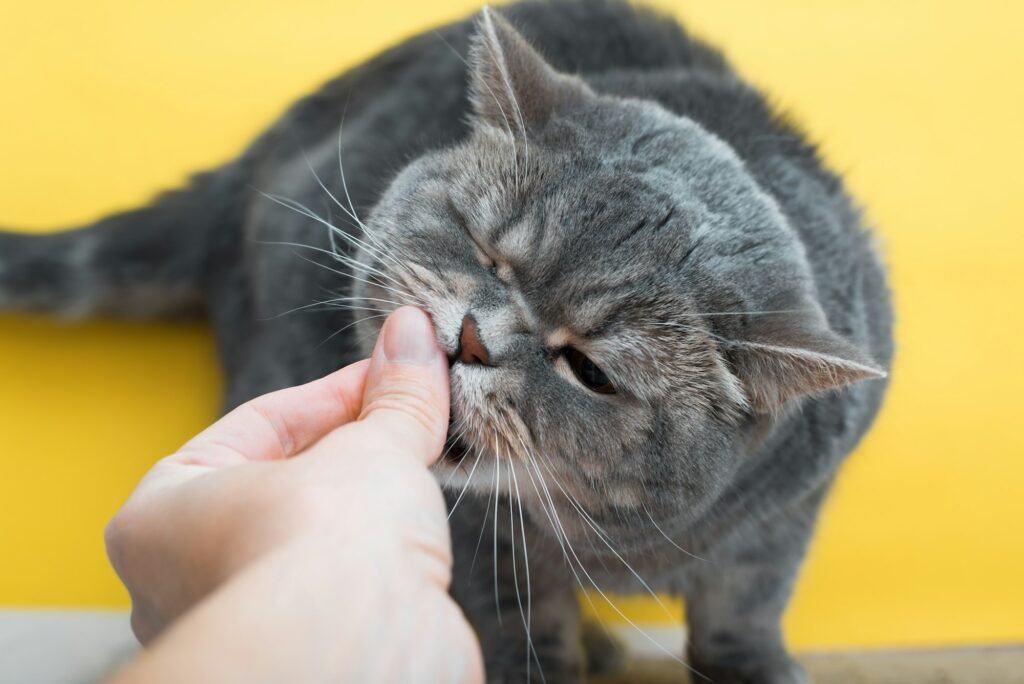
Pet food processing machines are integral to several stages of production, from mixing and extrusion to drying and packaging. These machines allow manufacturers to streamline operations, reduce waste, and maintain high levels of hygiene.
Moreover, machines designed for pet food processing enable manufacturers to produce various forms of pet food, from dry kibble and wet food to treats and snacks. Whether you’re making high-end gourmet meals or basic formulas, the right machinery is key to scalability and consistency.
2. Key Types of Pet Food Processing Machines
The pet food production process involves multiple stages, and each stage requires specialized machinery. Here’s a look at the key machines used in the pet food industry:

2.1 Extruders
Extruders are perhaps the most important machines in the pet food processing line. These machines use a combination of heat, pressure, and mechanical force to create various pet food shapes, textures, and sizes. The extruder process involves mixing ingredients into a dough-like consistency and then forcing them through a die to produce the desired form.
Benefits of Extruders:
- Versatility in producing different shapes and sizes
- Consistent texture, enhancing palatability
- Enhanced digestibility due to heat treatment
- Allows incorporation of diverse ingredients like meat, vegetables, and grains
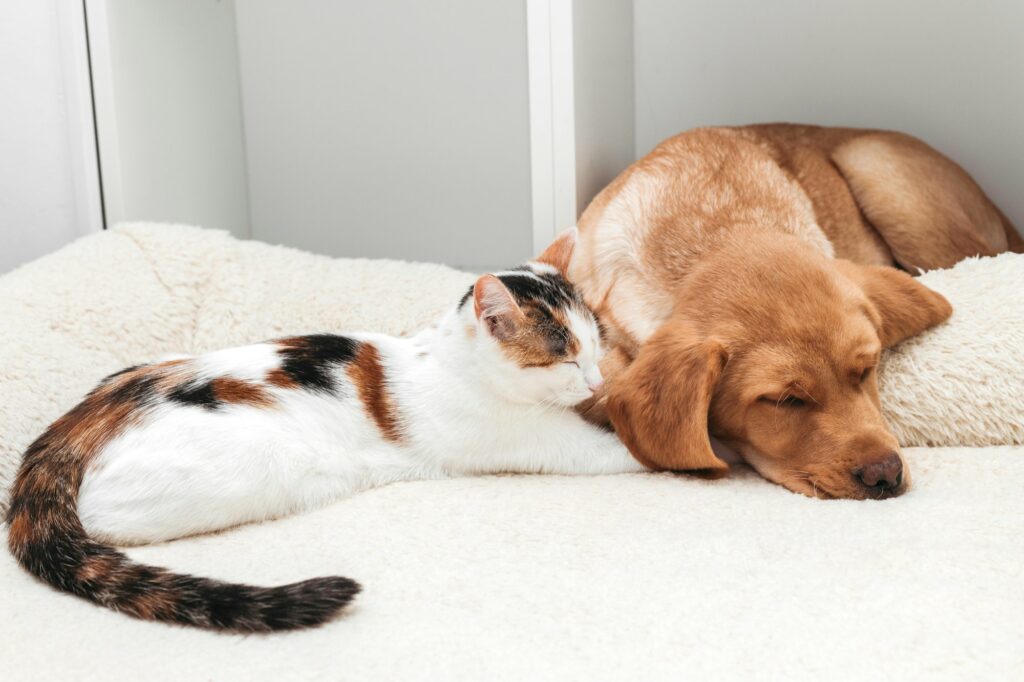
For example, single-screw extruders are typically used for dry kibble production, while twin-screw extruders are favored for more complex recipes, offering better mixing and customization.
2.2 Mixers and Blenders
Mixing is a vital step in the pet food production process, as it ensures that all ingredients are thoroughly combined before cooking. This is particularly important when dealing with ingredients like pet food palatants or palatability enhancers.
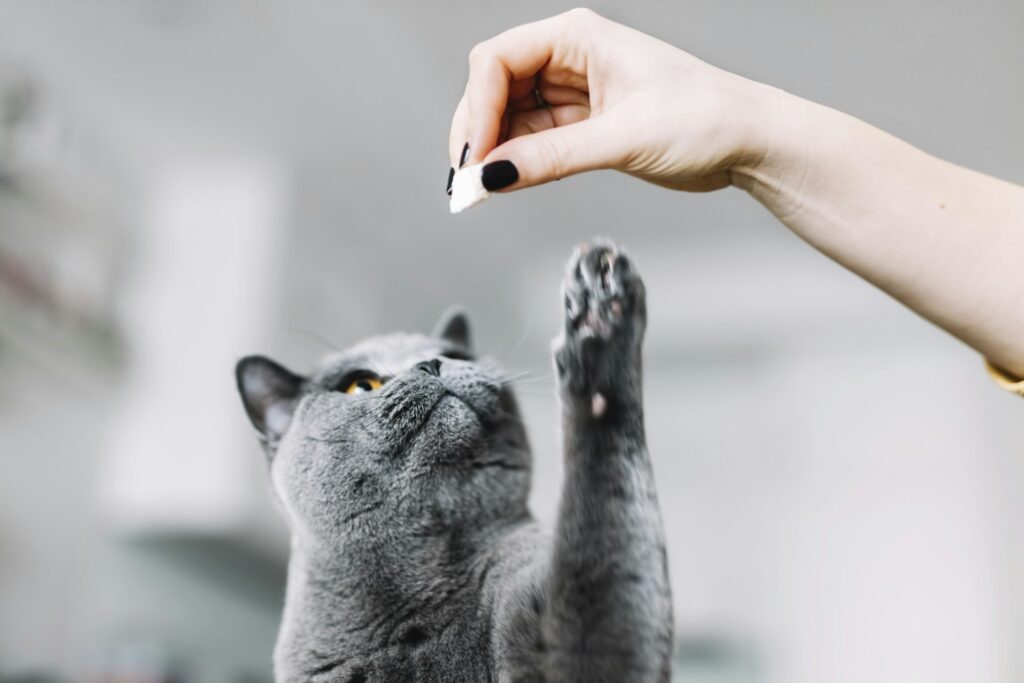
Key Mixing Machines:
- Batch Mixers: Used for small, controlled quantities of ingredients. Ideal for trial runs or smaller production lines.
- Continuous Mixers: More suitable for large-scale production, as they can process ingredients non-stop.
Mixers and blenders ensure that the final product has a uniform texture and flavor, which is crucial for pet food quality.
2.3 Dryers and Ovens
After extrusion, pet food typically needs to be dried to reach the desired moisture content. Over-drying or under-drying can negatively affect the food’s shelf life, texture, and taste. Dryers and ovens are therefore key components in maintaining consistent quality.

There are several types of dryers:
- Tunnel Dryers: Commonly used for dry pet food and treats.
- Rotary Dryers: Used in larger-scale production facilities for more uniform drying.
Some drying machines are also equipped with cooling units, preventing the pet food from becoming too hard or losing its flavor.
2.4 Coating Machines
Coating machines are used to apply coatings or sprays, such as fats or flavor enhancers, onto the pet food after it’s been formed. This is particularly important for improving palatability. Pet food palatants and other palatability enhancers are often applied during this stage to make the food more appealing to pets.
Benefits of Coating Machines:
- Enhances flavor and scent
- Can improve the nutritional profile with added supplements
- Allows customization of coatings based on pet food type (wet or dry food)

2.5 Packaging Machines
Packaging is the final step in pet food production, and automated packaging machines ensure that pet food is sealed, labeled, and ready for distribution. The machines also play an important role in extending the shelf life of pet food by using airtight seals.
There are different types of packaging machines, including:
- Vertical Form-Fill-Seal Machines: Ideal for packaging dry pet food.
- Tray Sealing Machines: Perfect for wet pet food, ensuring that the contents remain fresh.
2.6 Other Specialized Machines
Pet food processing lines also include machines for adding vitamins, minerals, and other supplements. Additionally, some lines are designed for specific products, such as freeze-drying machines for preserving nutrients in raw or natural foods.

3. How Pet Food Processing Machines Improve Quality
With the right machinery, pet food manufacturers can improve product consistency and ensure high-quality standards. Here’s how these machines contribute to the overall quality of the pet food:
3.1 Consistent Texture and Taste
Machines like extruders and mixers ensure that the ingredients are evenly mixed and processed, resulting in uniform texture and taste. This is especially important when using palatability enhancers like pet food palatants, which must be evenly distributed throughout the product.
3.2 Nutrient Preservation
Excessive heat or improper processing methods can degrade vital nutrients in pet food. By using precise control over temperature and processing time, modern machines can preserve nutrients such as proteins, vitamins, and fatty acids.
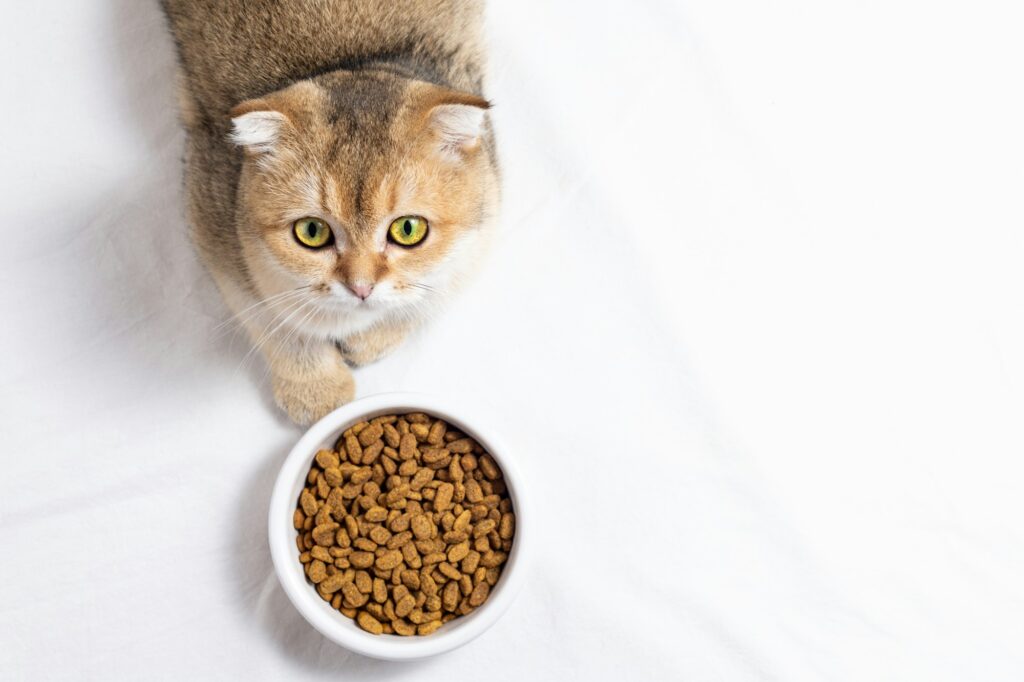
3.3 Safety and Hygiene
Pet food manufacturers are under pressure to comply with strict safety regulations. Machines that are designed with easy-to-clean surfaces and materials help maintain hygiene, preventing contamination and ensuring the safety of the end product.
4. Key Considerations When Choosing Pet Food Processing Machines
Investing in pet food processing equipment is a major decision that impacts both the efficiency and quality of your operations. Here are some factors to consider when purchasing equipment:
4.1 Production Volume
Assessing your production volume is key to determining the type of machinery you need. High-volume operations may require machines capable of processing large quantities, while smaller businesses may need more flexible machines for smaller batches.
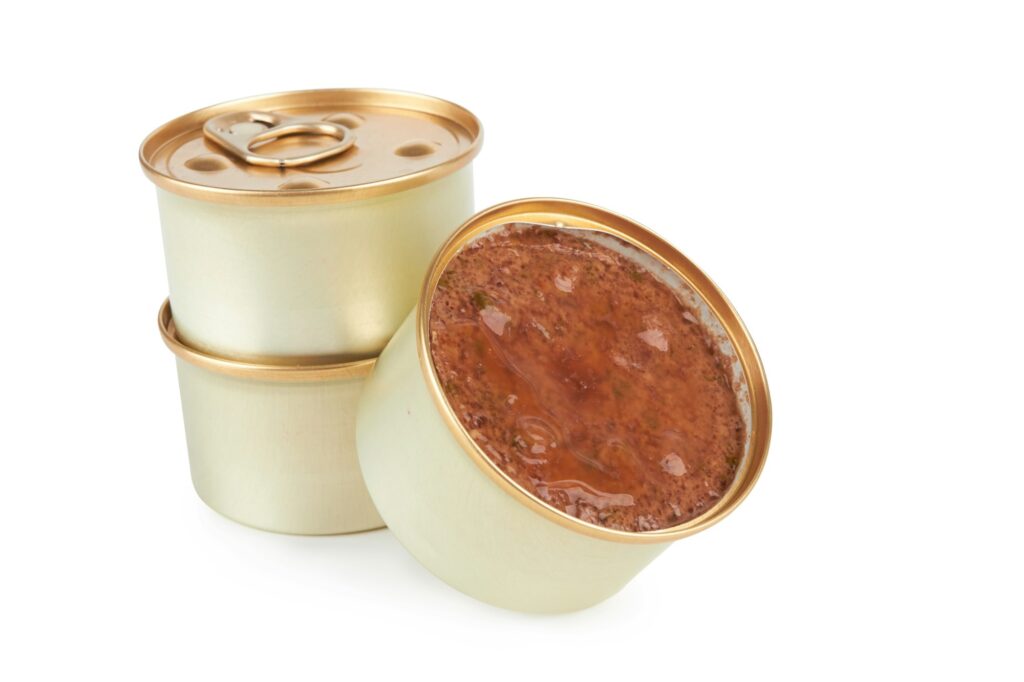
4.2 Product Types
Consider the types of pet food products you want to manufacture. For instance, dry kibble requires a different processing line than canned or wet food, and different machines will be needed for each type.
4.3 Customization Needs
Many pet food manufacturers require custom machinery to meet specific production needs, such as adding pet food palatants for different recipes. Customization allows you to tailor the machinery to your exact requirements.
4.4 Energy Efficiency
Energy consumption is a major factor in operational costs. Many modern pet food processing machines are designed to be energy-efficient, which can help lower production costs in the long run.
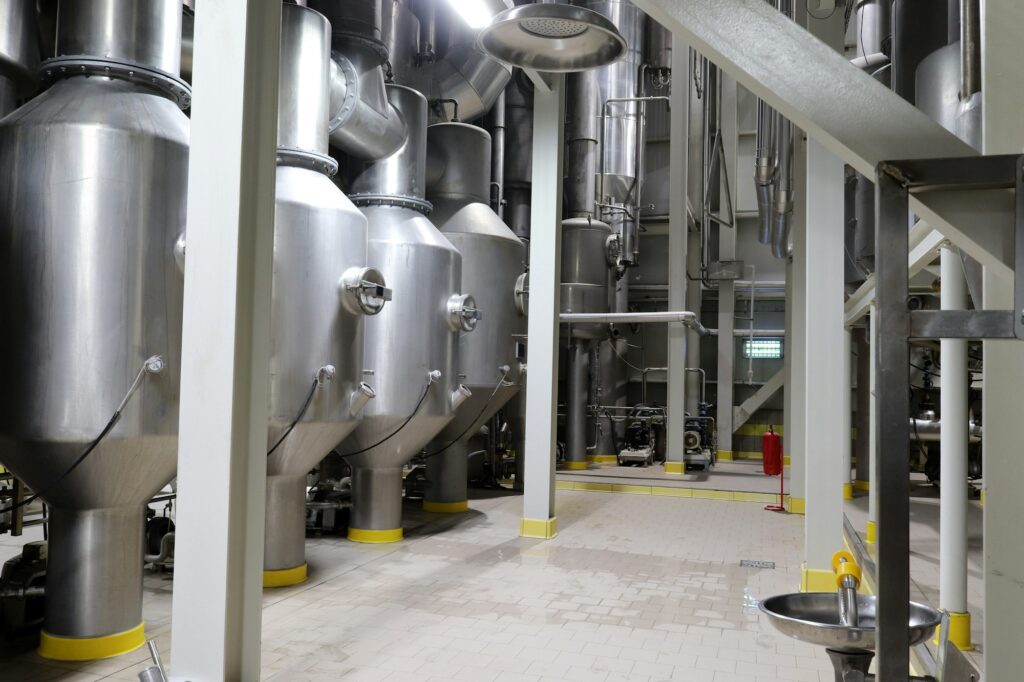
4.5 Maintenance and Support
Invest in machines that come with excellent customer support and are easy to maintain. Routine maintenance ensures that the machinery operates efficiently, minimizing downtime.
5. The Future of Pet Food Processing Machines
The pet food industry continues to evolve with consumer preferences shifting toward healthier, more natural food options for pets. As such, the demand for advanced, efficient, and customizable pet food processing machines is on the rise.
In the future, we can expect more automation, increased use of artificial intelligence to optimize processing parameters, and more sustainable production practices. The integration of technology like IoT (Internet of Things) could allow real-time monitoring of production lines to further improve efficiency.

Conclusion: Investing in the Right Machinery for Success
Pet food processing machines are at the heart of the modern pet food industry. They allow manufacturers to scale production, maintain high product quality, and stay competitive in a rapidly growing market. Whether you’re focusing on pet food palatants or looking to develop new recipes, investing in the right processing equipment is a step toward long-term success.
If you’re ready to upgrade your production line or are looking to add new capabilities to your pet food manufacturing process, exploring the latest in pet food processing technology is the first step.
For more information about pet food palatants and how they can enhance your products, visit profypet.com.

